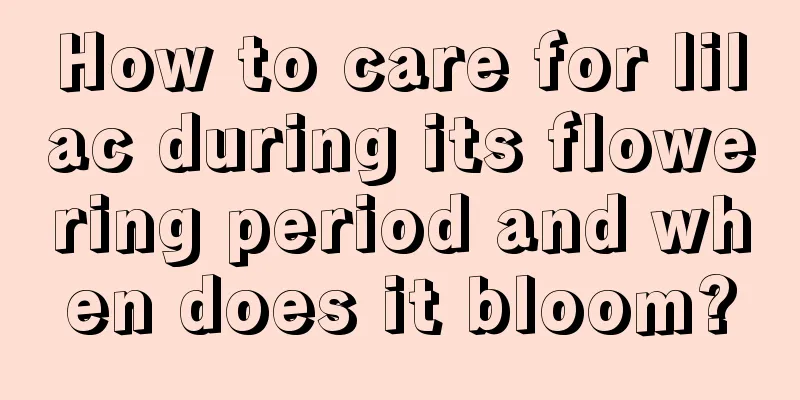How to care for Kalanchoe after it blooms

Pruning after floweringPruning is a necessary measure for many flowers after they bloom, because flowering will consume a lot of nutrients of the plant, and if the remaining flowers are retained, they will continue to consume nutrients, so pruning is needed, and the same is true for Kalanchoe. Kalanchoe consumes a lot of nutrients when it blooms, and it is generally propagated by cuttings. If you don’t need to keep seeds, it is best to cut off the remaining flowers. When pruning dead flowers, you can cut off the two pairs of leaves under the flowers. If you cut too little, the new branches will be weaker and the plant will appear tall and unsightly. In addition to pruning the dead flowers, you also need to prune the branches and leaves of the Kalanchoe. Because for growing Kalanchoe, it is best to prune and graft it once every two years, otherwise the plant shape will not look good and it will also affect the amount of flowering. When pruning, you can also remove poorly growing branches and pests and diseases at the same time, which will make the plant shape healthier and more beautiful. Cuttings after floweringAfter the Kalanchoe blooms, it is a very good time to take cuttings. The branches that are pruned after flowering do not have to be thrown away and can be used for cuttings. Trim the branches, leaving 4 or 5 nodes, cut off the leaves below the branches, place them in a cool place to dry the wounds, and then you can start cuttings. Keep the soil moist when cuttings and place it in a bright place for about a week. It will take root and the survival rate is still very high. Pest and disease controlAfter the Kalanchoe blooms, it is spring and summer, which is the time when diseases and pests are prevalent, so it is necessary to prevent their occurrence in time. You can spray some carbendazim solution or thiophanate-methyl solution to kill bacteria and disinfect. If the Kalanchoe is protected from disease and insect pests, it will continue to grow healthily and strongly and bloom beautiful flowers again. |
<<: How to propagate the fairy finger by grafting
>>: Water and fertilizer management tips for golden echinops
Recommend
Cultivation methods and precautions of bitter vegetable
1. Maintenance methods 1. Soil: This is a wild ve...
What plants should be placed in the living room to bring wealth and good health to the whole family?
1. Lucky Bamboo Lucky bamboo itself is very beaut...
Best Practices for Fruit Fly Control
Fruit fly pests have become an extremely serious ...
Why doesn’t Clivia bloom?
Clivia is a favorite plant in many households, kn...
Is baby's breath a perennial or an annual? How to make dried flowers
1. Perennial or annual Gypsophila paniculata is a...
Can I put the forget-me-not in my bedroom?
1. Is it possible? The answer is yes. Some friend...
How to grow sunflowers so that they bloom and fill the pot?
Sunflowers have won the favor of many flower love...
A complete guide to alkaline foods that will make you look younger the more you eat!
Anti-aging food: Fish Recommended reason: You can...
Why the tips of aloe leaves turn yellow and dry
1. Reasons 1. If the plant lacks water and the ro...
Cultivation methods and precautions of Aquilegia
How to grow Aquilegia oleifera Pot soil selection...
Can the osmanthus tree be placed in the living room?
1. Can it be placed in the living room? Osmanthus...
Tulip cultivation tips and precautions
Tulips are famous for their bright colors, elegan...
Will petunias produce seeds on their own?
Do petunias produce seeds? Petunia can produce se...
What is the meaning of golden branches and jade leaves?
Meaning The meaning of golden branches and jade l...
Tips for rooting lucky tree in water
1. Rooting tips 1. First of all, the pruning proc...









